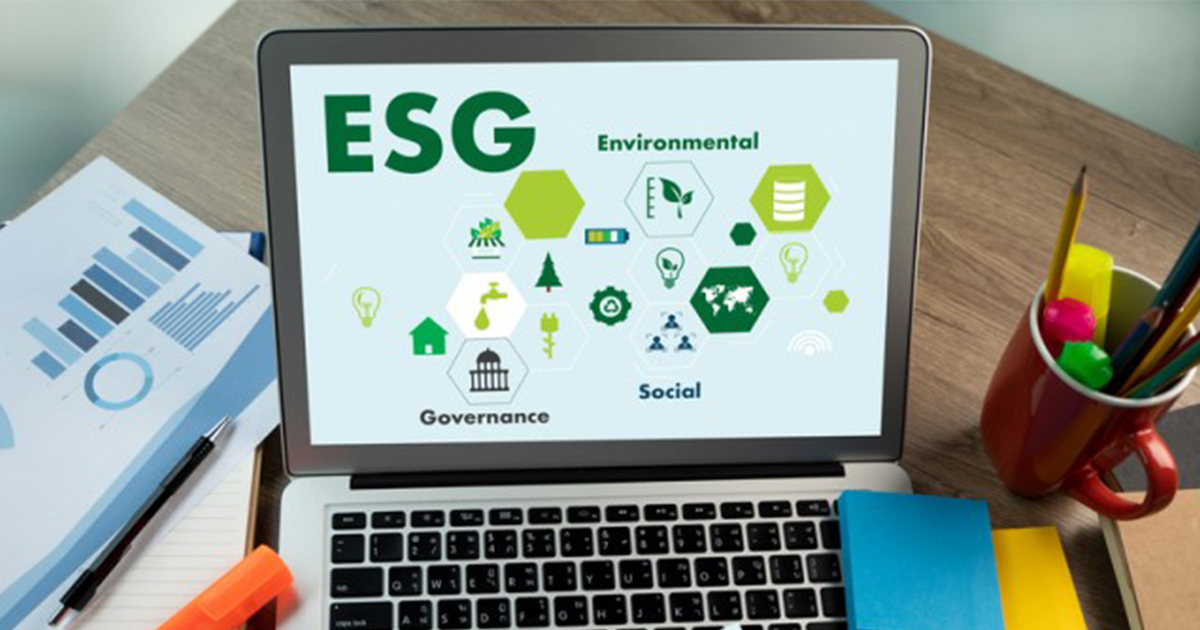Today, environmental, social, and governance (ESG) ratings are nearly as important for some businesses as their bottom line. With stakeholders, shareholders, and end-consumers favoring sustainable organizations, meeting ESG metrics can be critical for a ongoing success.
In addition to responsible social and corporate governance, businesses now have a significant amount of control over their energy decisions. This article outlines how to make educated energy decisions about methods and power sources used to meet environmental goals.
UNDERSTANDING
Environmental Sustainability Metrics
Whether established by local governments or pushed forward by investors, environmental goals are generally put into place to lower a business’s environmental impact or make company operations more sustainable.
In many instances, more sustainable company operations will lead to a lower environmental impact, and thus both goals are met. Environmental measures consider a company’s carbon and greenhouse gas emissions as well as its impact on land, water, and biodiversity.
energy decisions
To Meet ESG Goals
Unsurprisingly, ESG goals are often met with renewable energy. Power sources like wind and solar produce fewer lifetime greenhouse gas (GHG) emissions than fossil fuels, which can drastically improve a company’s chances of achieving carbon neutrality. In addition to energy choices within company operations, an organization’s total environmental portfolio includes Scope 2 and 3 emissions found along the supply chain.
Along with adopting renewables, many companies use the opportunity to reduce energy use, utility expense, and GHG emissions as the result of an energy audit.
getting started
With an Energy Audit
Energy audits are designed to give business owners and building managers a better sense of their demand profile with a full analysis of the company’s energy usage. This includes ways to decrease energy use within the company as well and determining whether or not adopting a new source of energy makes sense financially.
Before overinvesting in a large renewable energy system, companies can often reduce their monthly energy use with building improvements such as lighting, insulation, and appliance upgrades. When applicable, companies with large auto fleets may be able to reduce their carbon footprint with electric or biofuel vehicles.
Reducing Energy Costs with Load Management
To combat high-demand electricity rates, load management systems can be implemented to reduce energy costs while continuing to use the same energy sources.
Also known as demand-side management, load management automatically or manually can be set for “peak-shaving.” This will lower energy consumption while utility rates are at their highest throughout the day or season.
Industrial and Commercial Renewable Energy Options
By and large, environmental goals are most easily met by adopting a source of renewable energy to lower company carbon emissions. This can be done both on company property or virtually through a third party.
For many industrial companies, onsite carbon emissions are unavoidable. In these instances, it may be possible to purchase carbon offsets or renewable energy credits to cut emissions without changing any of the company’s ongoing operations.
choosing
Photovoltaic (PV) Solar Energy
In 2021, solar energy is one of the cheapest and most abundant sources of power in the world with costs continuing to fall. Solar power capacity is rapidly increasing throughout the United States, as companies adopt battery-backed, grid-tied, and hybrid energy systems.
Pros of PV solar energy:
- Easy to invest in onsite or off-site opportunities
- Can increase the property value of the building or land in the event of a sale
- Tax incentives, rebates, and accelerated depreciation available to maximize ROI
Cons of PV solar energy:
- The high initial investment for onsite solar generation and storage (unless an as-a-service, power purchase agreement, or lease model is used)
- Weather-dependent energy is best suited for areas with a high sun index
- Intermittent production throughout low sun seasons can be hard to depend on alone
On-Site PV Solar Generation
If your building or property receives ample sunlight, onsite solar energy generation can be achieved by purchasing or leasing a solar power system. By owning solar as a company asset, businesses typically need to make a large initial investment. However, return on investment may increase with use of available tax incentives, rebates, and accelerated depreciation.
Power purchase agreements (PPAs) are a great way to get started with solar without as many upfront costs. Typically, businesses in PPAs agree to purchase their electricity at a lower rate from the company that owns and installs the panels on the business’s roof or land.
Off-Site PV Solar Generation
Without hosting solar on company property, it is also possible to reduce energy rates and emissions with participation in a community solar farm or a virtual power purchase agreement (VPPA). Community solar offers a shared investment in a local solar installation that typically guarantees energy cost savings. But across the country availability of shared solar capacity is highly dependent on state regulations. VPPAs create an opportunity to acquire renewable energy credits from a solar facility located anywhere. But because they operate under contracts for differences, VPPAs do carry a degree of price risk.
The Bottom Line: There are many different ways a company can adopt solar energy, all of which could simultaneously lower carbon emissions and monthly operating costs. Purchased solar arrays are a highly valuable asset that often offer a favorable payback, while PPAs and VPPAs make it possible to lower costs and go green instantly.
choosing
Wind Energy
Wind power is the largest producer of renewable energy in the United States. Like solar, it may be possible to purchase wind power from a third party or install a turbine generator directly on business property.
Pros of wind energy:
- Very cost-effective energy solution with low operating costs and long plant lifespans
- Low soil impact, land around turbines can still be used for farming
- Power can be generated throughout the day and night
- Intermittent source of energy, most productive in the late afternoon
- May not adhere to local zoning requirements
- Subject to highly variable pricing models due to time-of-day demand
On-Site vs Off-Site Wind Energy Generation
Installing a wind generation system or purchasing off-site wind power is a decision that very closely mimics the opportunities as outlined with solar above. However, it is important to know that zoning codes and regulations often restrict turbines from being installed close to occupied buildings or in specific areas of a city or state.
For this reason, contracting for off-site wind energy is more common for businesses looking to meet sustainability goals.
The Bottom Line: Midsize businesses might find it difficult to install a wind turbine, though it may be easy to purchase power from a nearby wind farm. Large organizations able to source and install the equipment for onsite wind generation may benefit from a large return on investment over several decades.
Other Energy Opportunities
Although wind and solar energy are the two most popular renewable electricity sources for large organizations, companies may be able to take advantage of a few other green energies to help meet environmental goals.
For instance, coastal companies, or those near large dams, may be able to enter an agreement to purchase wave power or hydroelectricity. In rarer cases, electricity from geothermal activity or biomass may be available for some organizations.
Beyond electricity, other sources of energy offer opportunities to achieve ESG goals, such as green energy space and water heating systems, including thermal solar, heat pumps, or sustainably sourced biomass like wood scraps and recycled paper.





